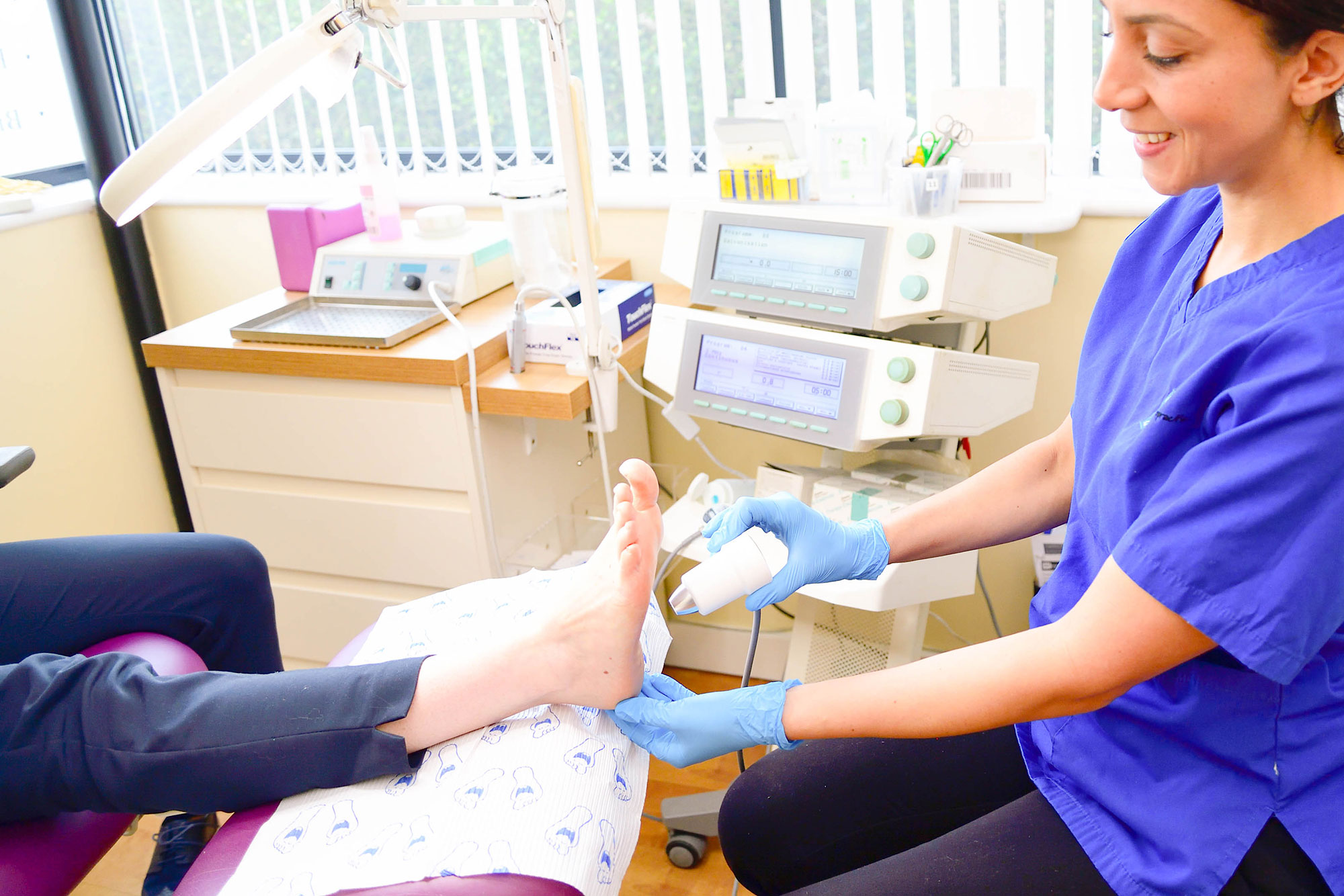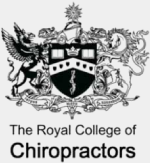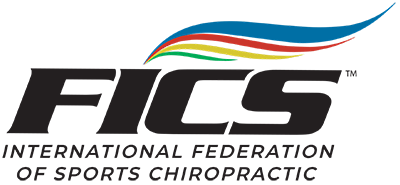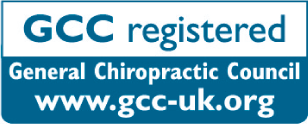Flat feet are common and for some people they produce no symptoms. For other people flat feet can be a great source of pain, which may be in the foot itself, the ankle, the shin, the calf, the knee, the thigh, back or even the shoulder. This is because the foot is part of a kinetic chain. If one part of the kinetic chain is out of alignment it puts extra strain on other parts of the body. If the kinetic chain is out of alignment this means that the body is not working as efficiently as it could.
What are flat feet?
A flat foot is one that lacks the medial longitudinal arch. The foot consists of two arches, these are; the lateral longitudinal arch and the medial longitudinal arch.
Flat feet have a number of causes, these include:
- Over-pronation: pronation refers to the rolling in movement of a joint in the foot known as the subtalar joint. Pronation is not an abnormal movement; everybody’s feet pronate which is necessary to absorb shock when walking. Some people’s feet however over-pronate, this means that the foot is pronating (rolling in and flattening) at the wrong stage of the gait cycle, placing more weight on the inside of the foot. Causes of over-pronation can include; being overweight, tibialvarum (bowed legs), and leg length discrepancy.
- Family history
- Arthritis
- Tendon rupture
- Injury
- Posterior tibial tendon dysfunction
- Certain medical conditions, for example; Down syndrome, cerebral palsy, spina bifida.
How are flat feet diagnosed?
Our podiatrists are trained to perform biomechanical assessments. A biomechanical assessment involves assessing the quality and range of motion of the joints in the foot and sometimes the knee and hip. The podiatrist will then observe your gait (the way you walk). All the components of the assessment will provide vital information as to the cause of the flat foot and the best cause of action
Benefits of podiatry for flat feet?
Podiatry can benefit you if you have flat feet by:
- Supporting the medial longitudinal arch
- Reducing painful symptoms
- Improving foot function
- Improving muscle strength
- Improving muscle flexibility
- Improving gait and posture
Benefits are achieved via a variety of treatment methods, including orthoses and exercises. If treatment is necessary your podiatrist will discuss the options most suitable for you with you at the end of the assessment.
Make an Appointment